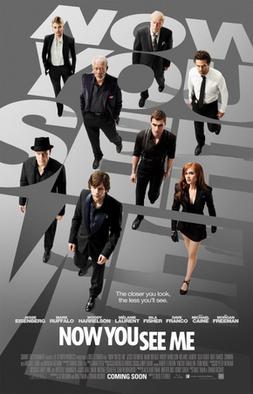 |
| Film poster of Psycho |
Editing:
Action matching
-when the woman finish her calculation, she throw the paper ball into the bin. The camera shooting at her action and the bin but not the whole scene to show she throwing the paper. After that, she looks at the bin and find out the paper. Here's the action matching.
Effect
The mysterious scene is created. The audience can have more imageneration.
Montage
She goes to the washroom and bath. When she is killed by the killer. The camera shots the killer and her separately. It is to show the woman was killing by someone and the killer was killing someone. The editing put these into a same scene and the montage is happened.
Effect
The atmosphere was created. We cannot see that the actual things is happen but we can notice the happening when we saw the scene.
Pace:
The pace is forming slow to fast. Finally, it become slower. The shape of graphically is a mountain-like.
Slow pace;
-The woman writing something on the table and sitting on the chair.
-The woman was going to shower.
-When the woman was bathing, the pace is getting faster.
-The killer comes out and the woman's facial expression is bring out she is scared. Each clips of the pace is the fastest in that scene.
Effect
It can used to show audience the fear and scary of the woman and killer.
-The woman writing something on the table and sitting on the chair.
-The woman was going to shower.
-When the woman was bathing, the pace is getting faster.
-The killer comes out and the woman's facial expression is bring out she is scared. Each clips of the pace is the fastest in that scene.
Effect
It can used to show audience the fear and scary of the woman and killer.








































